Airbus today announced that it will use an A380 as its ZEROe hydrogen testbed, paving the way for the first hydrogen-powered airliner in 2035.
We have previously seen that Airbus has committed a lot of research capacity in hydrogen aircraft. The manufacturer has presented a number of concepts, each of which uses hydrogen a bit differently. Hydrogen-electric aircraft use hydrogen fuel cells, powering electric motors. These motors can then drive propellers or perhaps ducted fans.
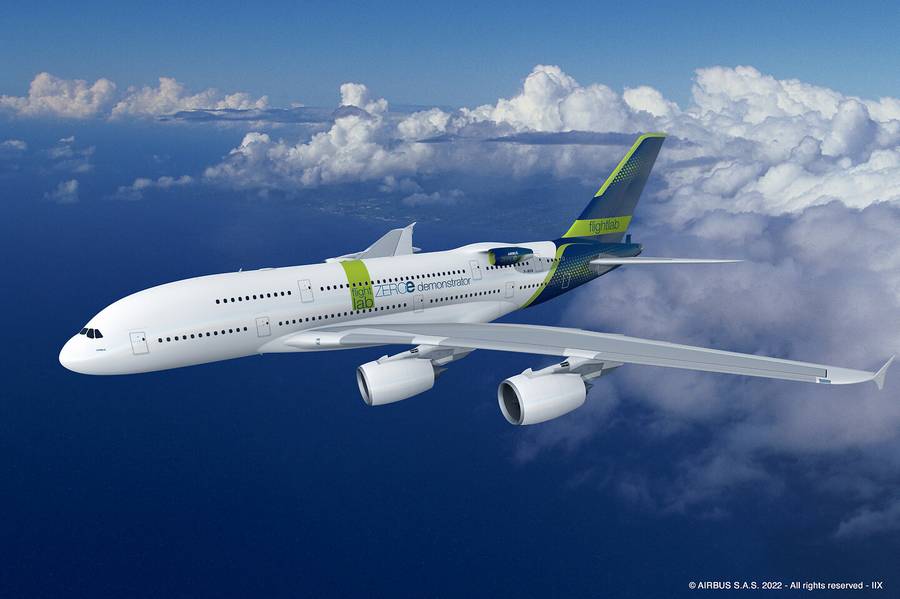
But another, perhaps simpler approach is hydrogen combustion. And this is what Airbus will explore with its A380 hydrogen testbed – at least to start with. Airbus refers to this aircraft as its ZEROe demonstrator, and a “hydrogen propulsion flight laboratory”. And while the configuration you see in these pictures will be its first, it will very likely not be its last.
An A380 Hydrogen Testbed – Why?
There were rumours that Airbus would use an A380 as a hydrogen testbed, already last June. At the time, we assumed that the choice of aircraft had to do with the fact it has four engines. Well, we assumed wrong. As the pictures show, the test aircraft will not replace one of its existing engines with one running on hydrogen. No, the choice of aircraft has more to do with overall size.
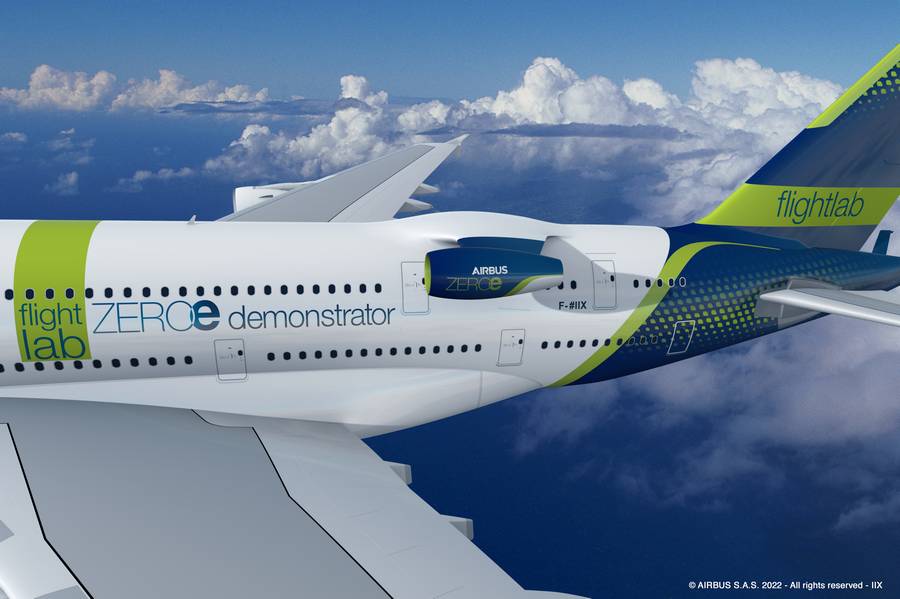
The aircraft that Airbus will use as its hydrogen testbed is the very first A380 ever made. This is the plane that the manufacturer used to certify the type. Later, Airbus also used it to test engines for the A350. So this plane never got a full passenger cabin interior. Instead, it has been configured as a test aircraft from the start. But there’s more to it than that. Airbus has other test aircraft it could have used.
The sheer size of the A380 testbed means that it has plenty of space, for hydrogen tanks and other equipment. This also means that Airbus could reconfigure it easily when it needs to test something new. For example, Airbus could test different types of hydrogen tanks. We previously reported that Airbus has chosen metallic tanks, for cryogenic hydrogen. However, the manufacturer continues testing composite tanks as well.
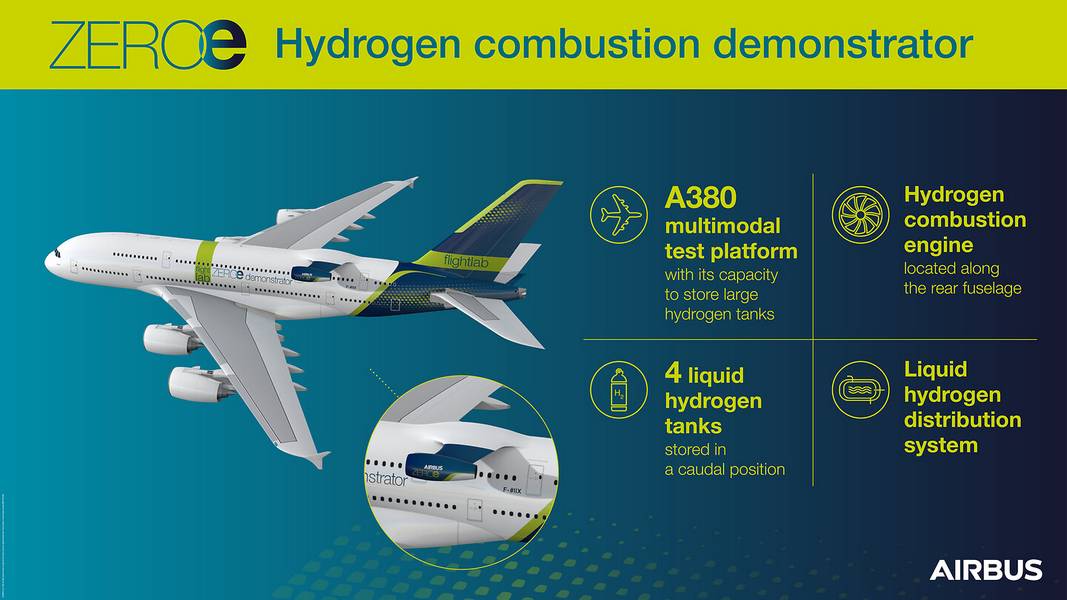
The [first] Test Engine
The fifth engine that the A380 testbed will use for hydrogen testing, is a GE Passport engine. Normally, a Bombardier Global 7500 corporate jet is the “home” of these engines. And obviously, they burn JET-A or JET-A1. Airbus’ partner in this project is CFM. General Electric and Safran are the two partners in this company, making engines for the 737 and A320 families.
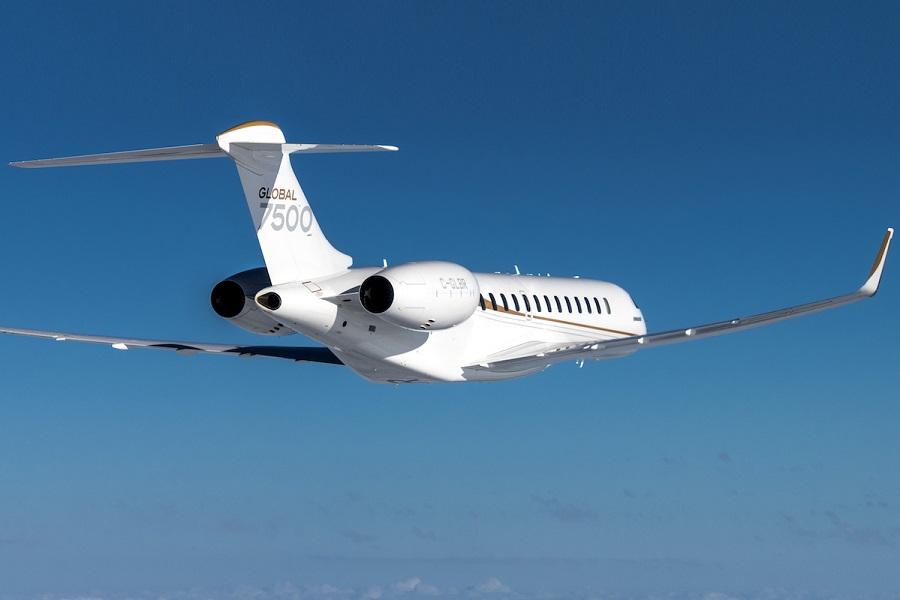
The GE Passport engine shares some of the technologies used in the CFM LEAP, which powers the 737 MAX and many A320neos. And this makes it ideal for the A380 hydrogen testbed. Also, the size of the engine is another reason why a plane the size of the A380 is desirable for this program. The position of the engine will allow Airbus to study its contrails, separately from those of the other engines.
CFM will make the necessary modifications to the engine, including its combustor, fuel system and control system. Airbus will modify the A380 testbed, and fit the necessary equipment for hydrogen use. Pratt & Whitney and Honeywell have previously used test aircraft with an extra engine, in a similar way. P&W’s testbed is a 747SP, while Honeywell uses a 757.
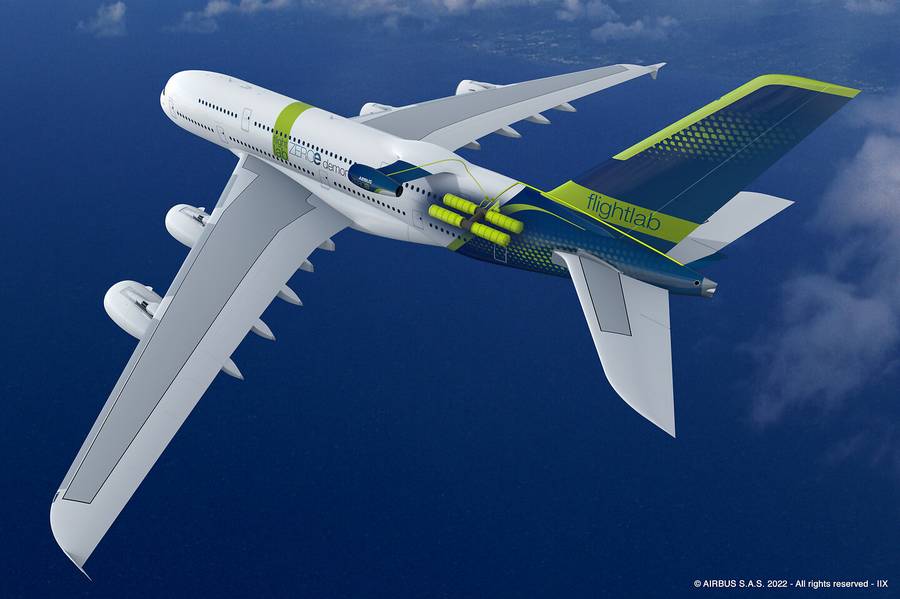
The A380 Testbed And The Hydrogen Challenge
But of course, these aircraft are testing “conventional” engines. Airbus’ A380 hydrogen testbed will have to include many more modifications, in addition to fitting the extra engine. Storing and distributing the cryogenic hydrogen to the engine appear to be the biggest challenges. And Airbus will have to solve them both in the air and on the ground.
As we have seen, CFM has recently started a next-generation engine program, called CFM RISE. Incorporating hydrogen combustion capability into this engine is something CFM hopes to achieve from the start. Interestingly, this engine’s projected entry to service is for the middle of the next decade. And with Airbus still aiming to have the first zero-emission airliner in service by 2035, this raises some interesting questions.

But as we’ve seen, Airbus hasn’t promised to give us an A320-sized airliner by 2035. That first aircraft will likely be much smaller. However, the configuration of the A380 hydrogen testbed will allow it to test multiple engines and engine layouts. We could even see it in a configuration that tests hydrogen fuel cell propulsion.
Airbus will fly its A380 in its new hydrogen testbed from the end of 2026 onwards. This will come after extensive ground testing. There is only so much time between this and Airbus’ 2035 deadline, for its first hydrogen airliner. So we can expect to hear regularly from the manufacturer and its partners, as the program races along. And of course, we also need to see radical advances in hydrogen’s supply chain, to make these plans practical.



